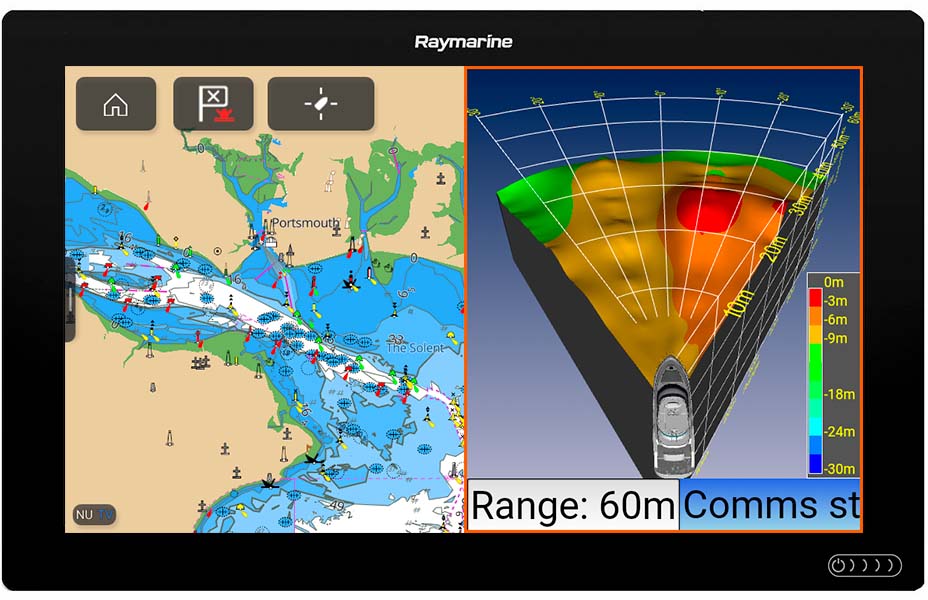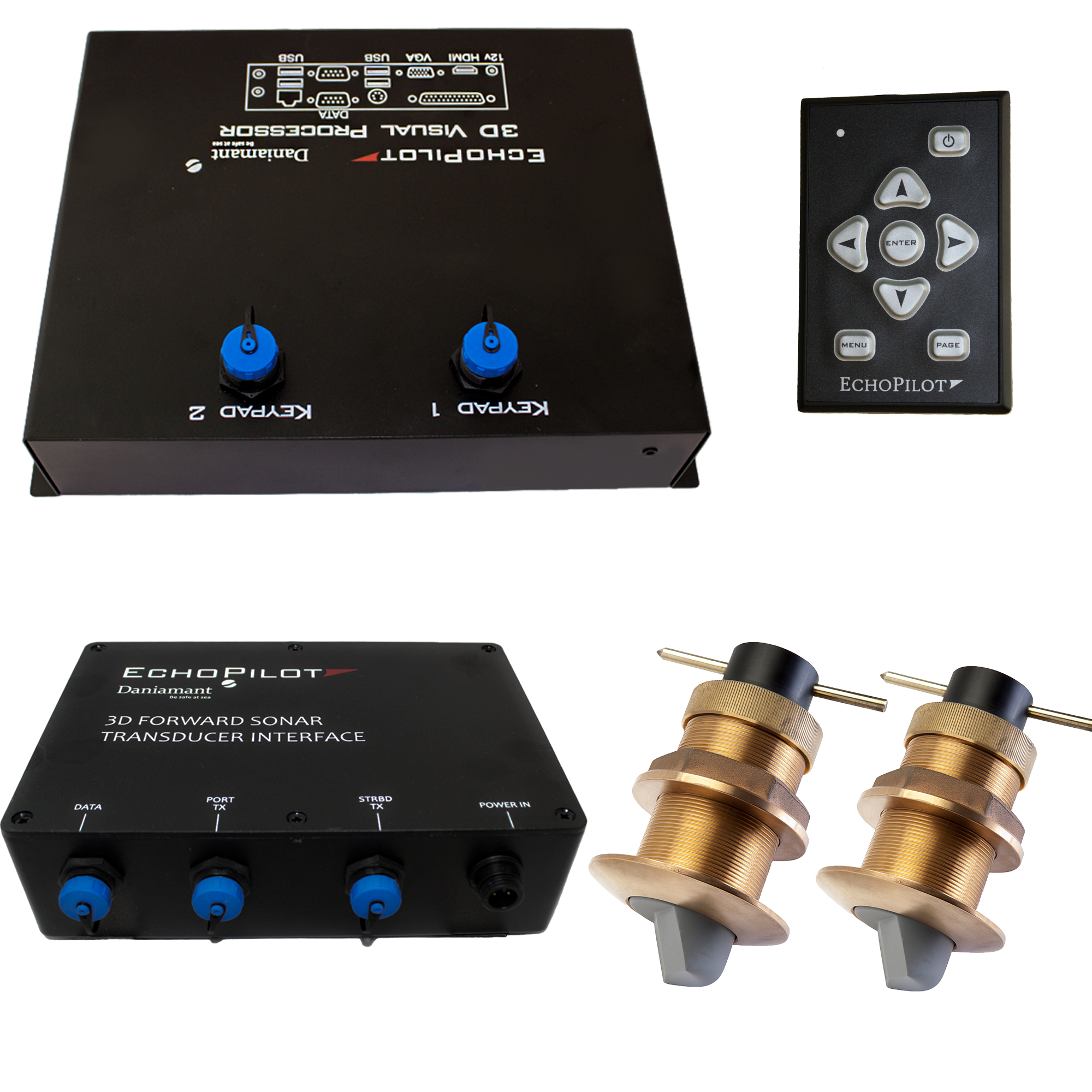
Why aren’t forward-looking sonar systems the standard for superyachts?
maj 30, 2023 1:50 pmDespite the significant advancements in forward-looking sonar (FLS) technology, its adoption in the broader market has been relatively slow. Real-time, high-resolution FLS has proven to be an invaluable tool for superyachts, particularly when navigating poorly charted areas, polar regions, or debris-filled waters.
 Over the years, FLS technology has made substantial progress, coinciding with an increase in the number of yachts venturing into uncharted territories. Many charts used for these voyages, especially in the Pacific and Polar regions, are outdated and inaccurate. To anchor safely and with environmental consciousness, a comprehensive understanding of the seabed’s depths and composition is essential. Unfortunately, such details were often inadequately provided or inferred from limited and analog data inputs.
Over the years, FLS technology has made substantial progress, coinciding with an increase in the number of yachts venturing into uncharted territories. Many charts used for these voyages, especially in the Pacific and Polar regions, are outdated and inaccurate. To anchor safely and with environmental consciousness, a comprehensive understanding of the seabed’s depths and composition is essential. Unfortunately, such details were often inadequately provided or inferred from limited and analog data inputs.
While FLS systems have become more prevalent in offshore supply, exploration cruising, and naval applications, the superyacht industry has been slower to integrate them. This raises the question: why aren’t forward-looking sonar systems the standard for superyachts, especially as the fleet explores more remote areas and prioritizes safety at sea?
One possibility is that management companies find comfort in knowing a vessel has an FLS system installed and that the crew is trained to utilize it effectively.
According to the industry responses, only half of the operators of vessels measuring 30 meters or more currently use forward-looking sonar systems. However, nearly 100 percent of those who do not currently use FLS expressed their willingness to consider its installation in the future.
Previous generations of sonar systems had limited resolution and range, which failed to instill real confidence in watchkeepers. These early iterations lacked the detail necessary for effective decision-making, often forcing vessels to proceed with caution despite the displayed foreground readings.
vessels to proceed with caution despite the displayed foreground readings.
Despite 96 percent of the industry respondents expressing their openness to installing an FLS system, the majority across all size ranges had no definite plans to do so. Interestingly, the 90-meter plus size bracket exhibited the least intention to purchase these systems, while the smaller size brackets showed more interest.
Safety at sea primarily revolves around avoiding collisions. While the rules of the road govern collision avoidance with other vessels, the most immediate threat to vessels is grounding. Respondents cited grounding as their primary reason for utilizing FLS systems, highlighting the varied utility of these systems in practice.
Even as the fleet transitions to electronic charts, which themselves are imperfect representations of the seabed, there is no substitute for real-time data. Just as navigators rely on visual bearings and radar readings over GPS positions on a chart, superyachts should be aware of what lies beneath their keels.
As the superyacht industry evolves and safety remains a top priority, forward-looking sonar systems like the EchoPilot FLS 3D should become the standard for all vessels. With its unparalleled capabilities, this technology is poised to revolutionize superyacht navigation and ensure safer journeys, even in the most challenging and uncharted waters.
Categorised in: News
